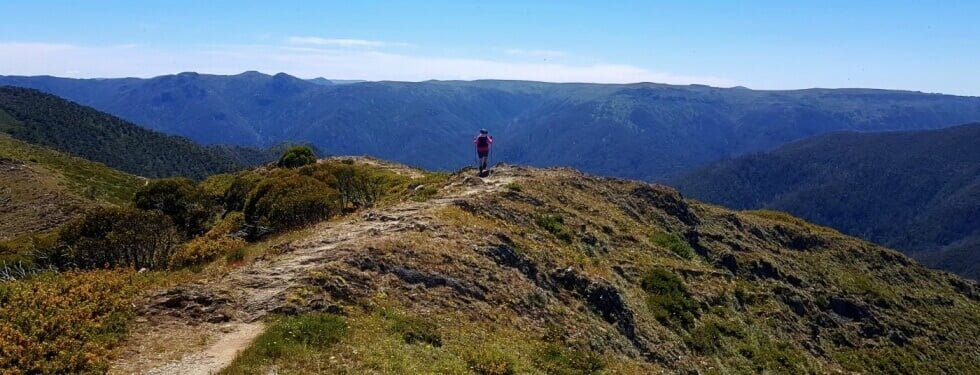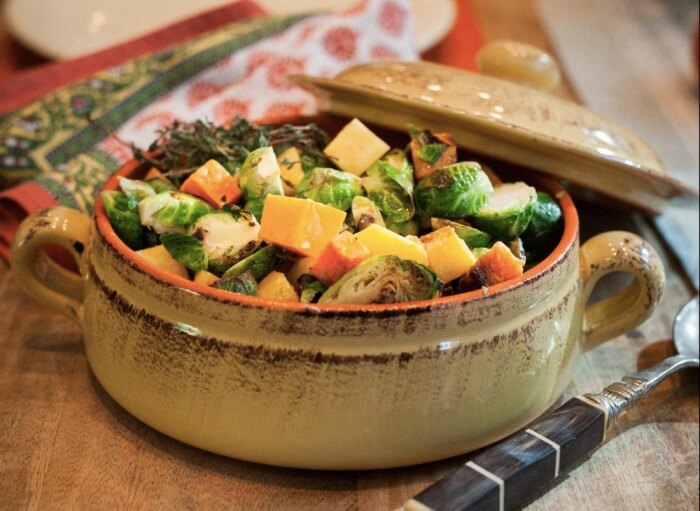
How to Get Fit For a Walking Holiday
Almost goes without saying, but we’ll say it anyway, there are two factors involved here.
– How fit are you already?
– What kind of walk are you going to do?
No need to go overboard if you don’t have to, but if you’re not fit enough for the hike ahead, you’re not going to enjoy yourself as much. And you might even get injured.
Most of us only get the chance, maybe once a year, to go on a week-long walking holiday. It’s an indulgence, to eschew the trappings of the modern world and get back to the real world for a while.
So here’s another question for you.
– How much have you been looking forward to this walk?
Now keep that in mind, and let’s see if we can help you make the most of your well-earned break. There are two areas we need to look at, cardio and strength – and you’ll know yourself how you’re doing in each.
New Boots
Before we start however, if you need new boots buy them now. Give yourself a chance to wear them in, rather than wear you down. For some advice on buying the right boots, click here.

Cardio
Increasing your cardiovascular fitness makes your body use oxygen more efficiently. You’ll be able to go further before getting tired, you’ll be less out of breath at the top of a peak, and you’ll recover quicker between bouts of exertion. This is how to improve it:
Walking
The best way to prepare for a walk, is to go for a walk. No surprises there. You’ll work all the right muscles, and as you’re the kind of person who books walking holidays anyway, you’ll actually enjoy it!
Frequency
Aim for at least three times a week, and build it up by doing longer walks if you have time, or simply walking faster if you don’t. Either way your fitness will increase.
Conditions
Also, try to emulate the expected conditions, in your training. Is it going to be hilly, sandy, rocky where you’re going? Best to train, at least some of the time, on similar surfaces and inclines. Walking on rocky terrain also helps strengthen your ankles, so you’re less likely to sprain something if you stumble.
Distance
Take distance into consideration too. If you intend to walk about 20 km’s a day, for example, you should be doing that at least a couple of weeks before you head off.
Backpack
Don’t forget to walk with a pack, if that’s what you’ll be doing on your trip. A whole different set of muscles come into action when you carry a backpack, and you need to toughen them up.
Stroll Tip
Try and train with a heavier pack than you’ll actually have on your trip, then it’ll seem easy when you set off.
Stretching
Stretch your legs before, during and after your walk. When you stop for a cup of tea, stretch it out. Incorporate this into your regime and you’ll prevent injuries, it’s as simple as that. Particularly important as you get older.
Not walking
If you can’t get out in the open air as much as you’d like (maybe that’s why you’re looking forward to the holiday so much) then focus on exercise that works your legs, and your core.
Running, cycling and step machines at the gym are good for this. On the treadmill, make sure you program a few hills into the workout. The stepping machine is great for fitness and strength, as you have to fight against gravity to lift your entire body.
If you find your joints are sore, or take a bit more warming up than they used to, then swimming is a good way of building up cardio and strength too.
In general with cardio, whatever you do, you’re looking for long periods of low-intensity activity – so keep that in mind before you head off sprint training.

Strength
Increasing your strength will help you walk quicker, carry a backpack, and reduce the risk of injury. You should work on your legs of course, but don’t forget the upper body and your core. You’re not looking to build bulk, just increase power and conditioning.
In the gym
If you’re a member of a gym speak to a trainer and tell them what you’re preparing for. They’ll tailor a program specifically for you. You should work on your legs, back, shoulders and core. Including low and high repetition activities, to develop strength and endurance at the same time.
Not in the gym
There’s a wide variety of strength building exercises you can do at home, or anywhere else for that matter.
Squats, lunges, bridging and calf raises are good for your legs. Press ups, wall sits, dead bugs and side planks are good for your core.
If you don’t know how to do them properly, and you don’t have anyone to consult, YouTube can be pretty useful in picking up the right technique.
Frequency
Again, two or three times a week is good here, but don’t sacrifice the cardio – you’ll get a lot more out of going for a decent walk three times a week than hitting the gym.
Food
And finally, a healthy diet can increase your energy levels too. We’re not going to get into it all here, as there’s just too much to cover, however staying away from polyunsaturated fats, for example, would be a great start.
Eating more fruit and vegetables, and lean proteins should give you an extra spring in your step, along with helping to lose a little weight, which will also help on your walk!

If you’re not sure about any of the activities listed here, as we said at the beginning, just go for a walk. And ramp up the frequency, distance or speed as the holiday approaches.
You owe it to yourself to enjoy your break as much as possible.
Happy training, and good luck!
Do you have any training tips or techniques that you use prior to a walk?
It’s such a personal thing, we’re always keen to hear how other people prepare…
See all our walking holidays across Australia.
DISCLAIMER: At Stroll we don’t accept any responsibility for injury or death caused by any information within this blog post. All the information is provided in good faith. You should always consult your doctor before embarking on any program of physical activity.


There are no comments, be the first to comment.